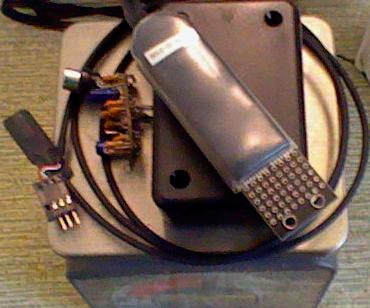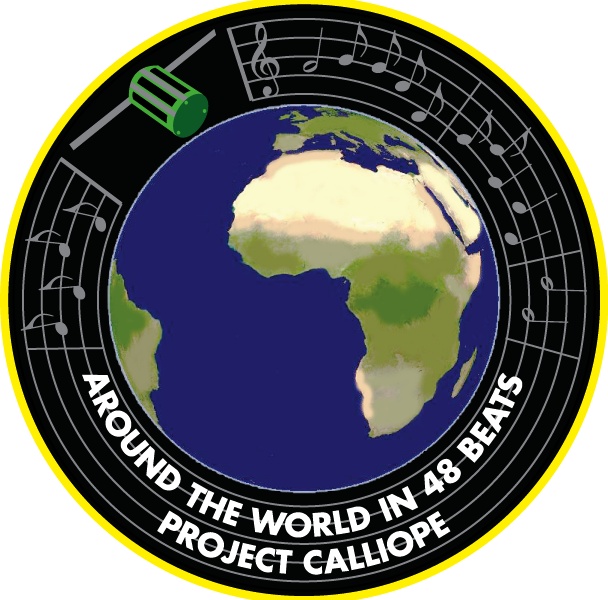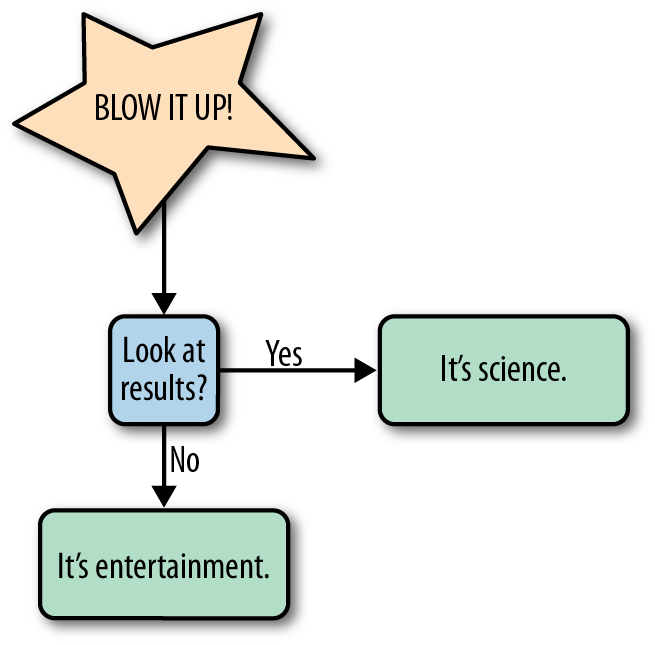Given those parameters, what mission goals to tackle? Just what the heck do you want your picosatellite to do? You can neatly break out the typical picosatellite choices into science missions, engineering missions, and artworks. A science payload measures stuff. An engineering payload tests hardware or software. An art project instantiates a high concept. We will visit each.
On a science mission, your picosatellite will measure something. Science is about measurement at its heart. There are three types of missions you can do: pointing, in-situ, and engineering builds.
A pointing mission is like a telescope. Your picosatellite points at an object of interest—the Sun, the Moon, stars, the sky background, or the Earth—and observes it. Note that pointing at the Earth requires a license—not hard to get, but privacy is protected in hobby space.
You can point randomly, but that doesn’t seem very useful. You can set a survey mode, where your picosatellite is given a specific orientation in its orbit so that, each orbit, it sweeps across the sky in a predictable fashion. Or, you can do active pointing, making the picosatellite look where you want.
Active pointing is fairly challenging. You need to know your position very accurately. Using inertial references—knowledge of the initial orbit plus internal prediction of how the satellite is traveling—is inexact for sensor pointing purposes. Therefore, pointing typically requires some sort of star-trackers. These are two or more wide-field telescopes that image the sky and compare it to an onboard catalog of known bright reference stars.
Star tracking is technically complex, and likely beyond the weight and design limitations of a typical picosatellite. However, see the section Engineering! for more on this.
A more common picosatellite science usage is in-situ measurements. This is the use of sensors that measure the region the satellite is in without requiring pointing. A thermometer is a perfect example of an in-situ detector. It measures the temperature, and you don’t need to precisely point it to know it works.
Other in-situ measurements from LEO can include the electric and magnetic field in the ionosphere, light from the Sun or reflected Earth glow, measuring the ionospheric density, or tracking the kinematics of your orbit and positioning (how you are moving).
Or maybe you don’t want to measure something scientifically, you just want to build stuff. That’s engineering.
An engineering picosatellite uses the platform to try out some new space hardware concepts, or to give you practice in building your own variants of known space hardware.
You can make a picosatellite to test out any of the hardware components. A new power system, a new positioning method, a new type of radio or relay communications, new sensors—really any component of the satellite can be built and improved. (See Figure 1-3.)
Some picosatellite projects have involved testing—on a small scale—new satellite propulsion concepts, ranging from ion engines to solar sails. Want to test an inflatable space station in miniature, or see if you can make a picosatellite that unfolds to form a large ham radio bounce point? Build it!
Another engineering motive can be to test specific components: for example, comparing a custom electronics rig against a commercial off-the-shelf (COTS) component to see if satellites (of any size) can be made more cost-effective. Or you can test new data compression methods or alternative methods of doing on-board operations.
Innovation in operations is a subset of engineering goals worth exploring further. Picosatellites could be used to test the coordination of a constellation of satellites. They can be test beds for orbital mechanics studies, or lessons in coordinated satellite operations. As the cheapest way to get access to space, they are excellent test beds for prototyping new ways of doing satellite work before moving to million-dollar missions.
Finally, there are concept pieces. My own “Project Calliope” TubeSat (Figure 1-4), used as one reference for this work, gathers in-situ measurements of the ionosphere and transmits them to Earth as music, a process called sonification. The intent is to return a sense of the rhythm and activity level of space, rather than numeric data, so we can get a sense of just how the Sun-Earth system behaves.
You can launch a satellite to do anything. Send ashes to space. Ship up a Himalayan prayer flag. Launch your titanium wedding ring into orbit. Any art, music, or art/music/science hybrid idea is welcome because it’s your satellite. Just give it a purpose or utility beyond just the spectacle of being able to launch your own satellite (Figure 1-5).
Get DIY Satellite Platforms now with the O’Reilly learning platform.
O’Reilly members experience books, live events, courses curated by job role, and more from O’Reilly and nearly 200 top publishers.




